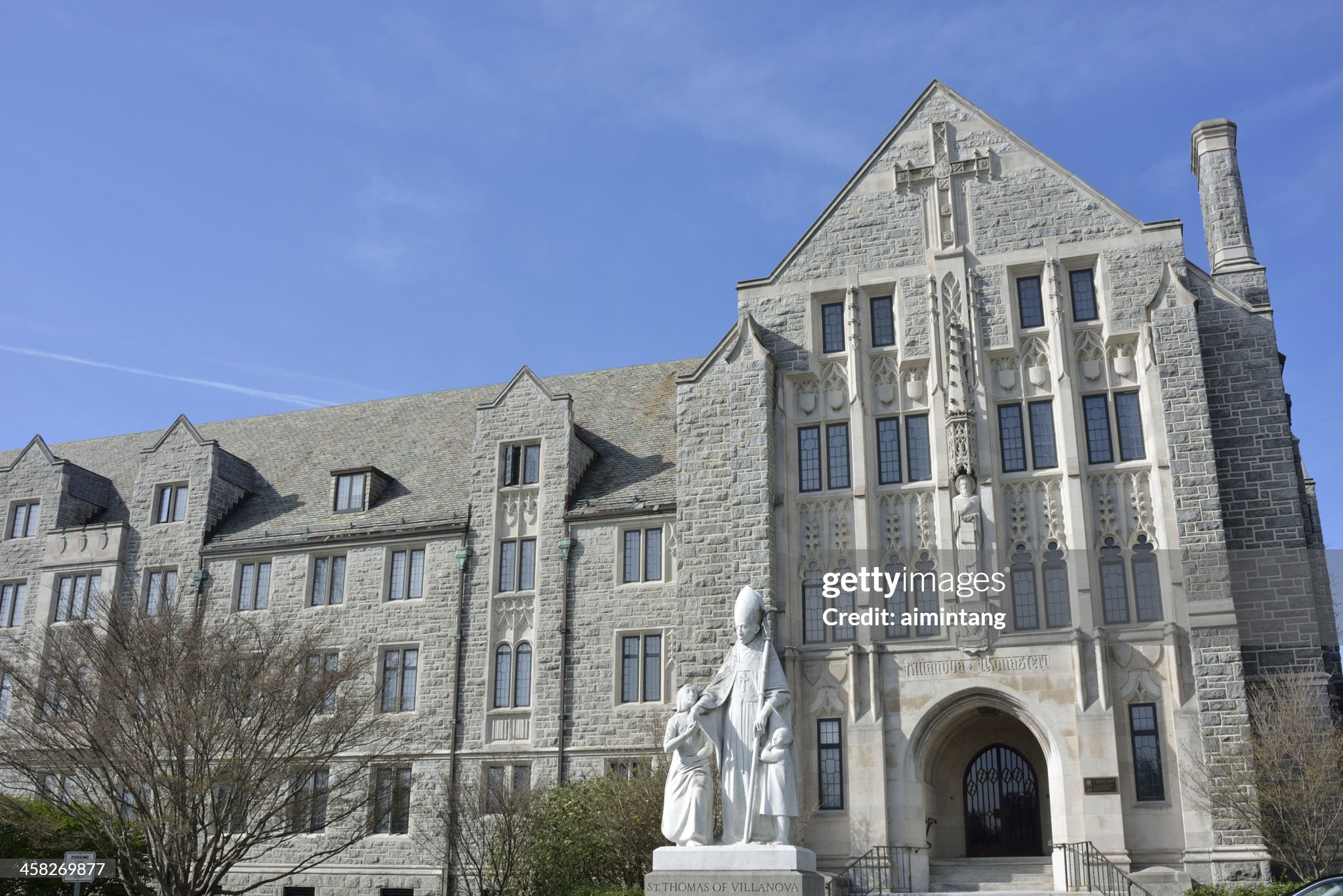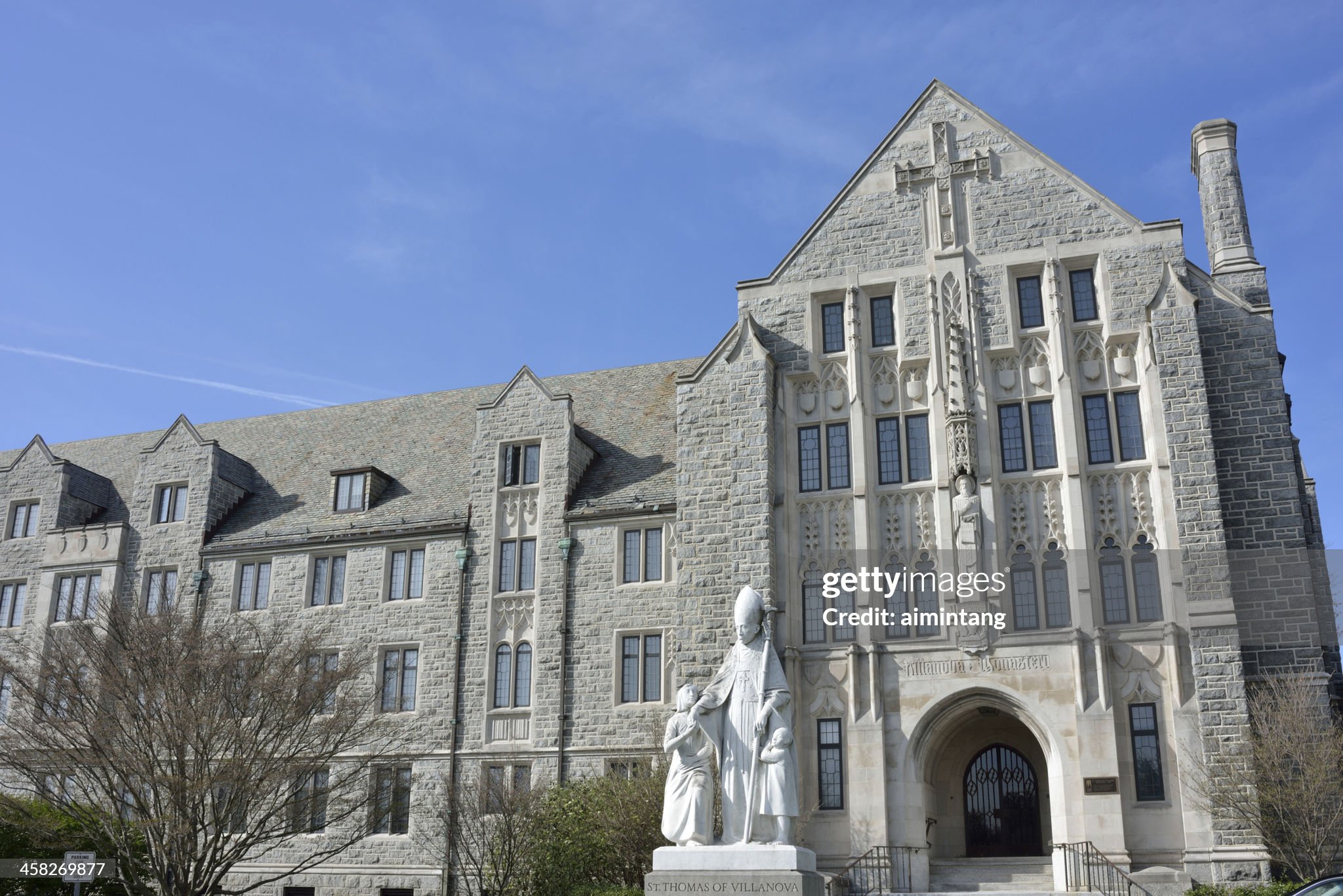
More support is needed for parents who are college students
New report recommends federal and institutional changes to make access to higher education more flexible for student parents.
Rising college tuition costs, high daycare prices, and a lack of childcare spaces within academic institutions have made higher education nearly impossible for parents who are college students.
In fact, a new report from The Education Trust and Generation says there is no state in which a student parent can work 10 hours per week at the minimum wage and afford both tuition and child care at a public college or university.
Student parents are disproportionately single, students of color, and from low-income backgrounds, the report notes. And they face a slew of obstacles to graduating college with a valuable degree in hand. They must often juggle work, school, and family responsibilities, and many are struggling to find child care and meet basic needs, especially now, amid a still-ongoing pandemic and when basic necessities are at a premium.
“There have been many barriers I have faced, but to name a few, it has been extremely difficult to maintain my full-time enrollment due to my responsibility as the main source of income for my family. Going to school full time means that my income has to drop in order to meet the requirements of enrollment,” said Joshua Castillo, a parenting student attending George Mason University.
According to data gathered by the Department of Education in 2021, college costs have risen by 28% at public institutions and 19% at private nonprofit institutions since 2008, making a higher education less accessible for many students, particularly student parents. Moreover, the economic effects of the pandemic and the recent surge in inflation are compounding the existing financial pressure on student parents, who now are paying more for housing, food, health care, and child care.
RELATED CONTENT
A recent research by California Competes on the net price of college, on average, student parents pay $7,592 per child in additional costs out of pocket annually — on account of higher food, housing, and medical expenses, and the added cost of child care — than their counterparts without children — after subtracting non-repayment aid (scholarships and grants). To put that into perspective, that’s equivalent to about three months of rent for a one- bedroom apartment in California, or one year of tuition at a California State University campus.
The COVID-19 pandemic only heightened the need for child care and affordable college access for student parents. The student loan repayment pauses provided a temporary reprieve as families grappled with surges in inflation and housing costs, but COVID-induced closures of many child-care centers across America and mass child-care worker shortages have left many student parents with few child-care options. And child-care affordability was not included in the recent reconciliation package that passed Congress last week, despite advocates’ objections. Student parents are caught between a rock and a hard place.
So, what possible solutions can be implemented at the federal level and in academic institutions? Here are some of the recommendations suggested by The Education Trust and Generation study:
Federal Recommendations
- Double the Pell Grant to make college more affordable for student parents.
- Raise the federal minimum hourly wage to $20.
- Increase funding for the Child Care Access Means Parents in School (CCAMPIS) program to $500 million.
- Support student parents by increasing funding for early childhood education.
- Restore and make permanent the monthly child tax credit expanded in the American Rescue Plan Act.
Recommendations for Higher Education Institutions
- Automate the inclusion of child-care expenses as an allowable cost category in determining the cost of attendance (COA), so student parents can qualify for higher amounts of financial aid.
- Leverage available state and federal funding to expand access to child care. College and university leaders should take full advantage of state and federal programs intended to support child care, while also pursuing Child Care and Development Block Grant (CCDBG) subsidies for their student parents. The federally funded Child Care Access Means Parents in School program (CCAMPIS) has led to an increase in student parent success.
- Help student parents access state child-care subsidies.
- Prioritize the children of student parents for on-campus child-care services over those of faculty and staff.
- Provide priority enrollment for student parents, so they can schedule classes around work and parenting duties.
- Ensure that campus-based child-care programs offer full-day programs and hours that align with course schedules and stay open year-round to better accommodate families’ needs.
- Implement quick and easy application processes that are accessible via multiple modes (e.g., online and smartphone adaptive/responsive, in person, and via phone call) in multiple languages. Enrollees should not be required to provide information about the citizenship or immigration status of a child or family member.
To learn more about the report, click here











LEAVE A COMMENT:
Join the discussion! Leave a comment.